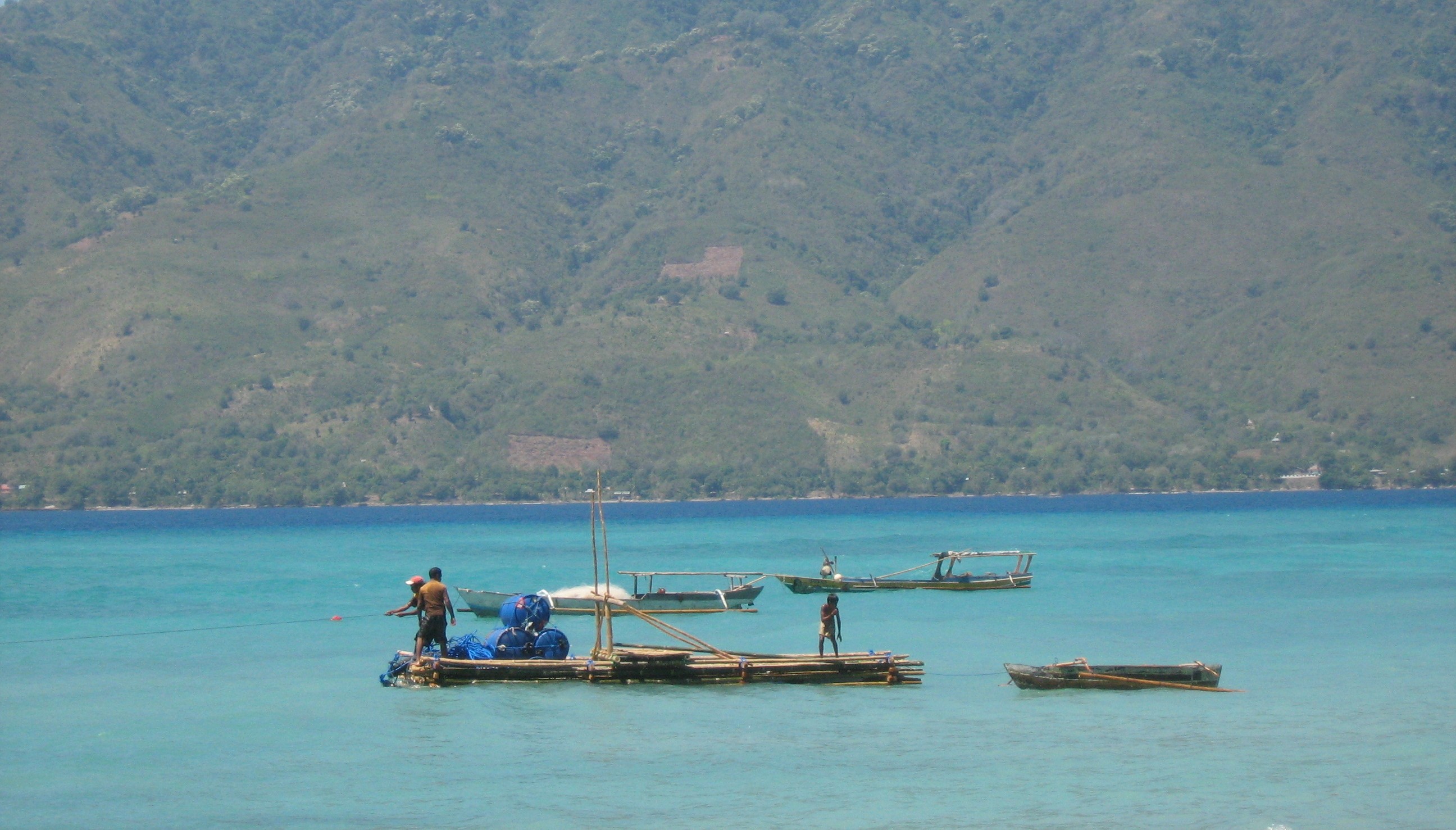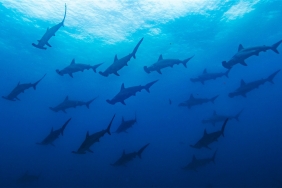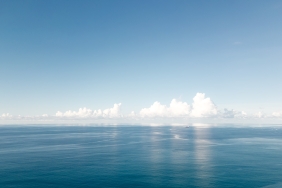CONSUMPTION STYLE DETERMINES THE SUSTAINABILITY OF SEAFOOD STOCKS
By Nina Samidi
Jakarta (23/08)-Experts predict that fish stocks in the oceans will run out by 2048. The issue has been brewing since 2006 when major media outlets such as Reuters and the Washington Post reported the results of a shocking study published in the journal Science that looked at data collected since the 1960s. The study also presented evidence that marine biodiversity had declined by about 29 percent since 1960.
The facts on the ground agree with the study. According to data presented by Abdullah Habibi, WWF-Indonesia Fisheries Program Coordinator, 50 percent of fish stocks in the global ocean have been massively exploited for human interests. Of that 50 percent, 25 percent are already over-exploited and threatened with depletion. This is a fact that is becoming an issue in the global fisheries world and has become a concern for many. If this situation continues, it is not impossible that our children and grandchildren will not be able to enjoy this source of marine protein in the years to come.
The world's growing population requires more food to eat, and seafood is no exception. Furthermore, this high demand for seafood makes it inevitable for producers to extract more and more fish from the sea. As a result, over-fishing occurs, causing fish stocks to dwindle rapidly. This condition is further exacerbated by the rise of destructive fishing practices that result in the destruction of marine ecosystems.
Is this what we want? Of course not.
Our big step
Therefore, concrete steps need to be taken immediately. Responsible and environmentally friendly fishing practices are one of the big steps that can be taken to save marine resource stocks. Not only that, but as consumers, we also have a big part to play. What can we do so that our descendants can still enjoy seafood?
- Start buying less fish that are on the "over-exploited" or even "endangered" list and fish that are irresponsibly caught. Check the list at http://www.fishonline.org/advice/avoid/
- Use the Seafood Guide when shopping or choosing seafood. This eco-friendly seafood guide can be downloaded from the WWF-Indonesia website: http://www.wwf.or.id/seafoodguide
- Be a critical consumer. When shopping for seafood, ask the seller about the origin of the seafood. Where and in what way it was caught. If it was caught by irresponsible means such as using bombs or trawling, then you should not buy the product. If these questions are asked when shopping, sellers will be more attentive to these issues and will be encouraged to provide only responsibly-caught fish.
- Buy seafood that has received the Marine Stewardship Council (MSC) label, which is a label given to seafood that has followed environmentally friendly fishing procedures and supports sustainable seafood.
- Buy fish that are mature and have reproduced at least once by looking at their size. You can also ask the seller about this.
- If the fish comes from aquaculture practices, make sure the seeds are from a nursery (hatchery) and not taken directly from nature.
- Consume seafood not seafood.
- Consume marine products that are not eaters of other fish or so-called non-carnivorous fish, which are fish that eat plants, such as farmed tilapia and mussels. Both are easily available, have a delicious and savory taste, and support sustainable seafood.
Source:
http://www.sustainweb.org/sustainablefood/plenty_more_fish_in_the_sea/
http://www.washingtonpost.com/wp-dyn/content/article/2006/11/02/AR2006110200913.html
http://www.sciencenewsblog.com/blog/1106061





